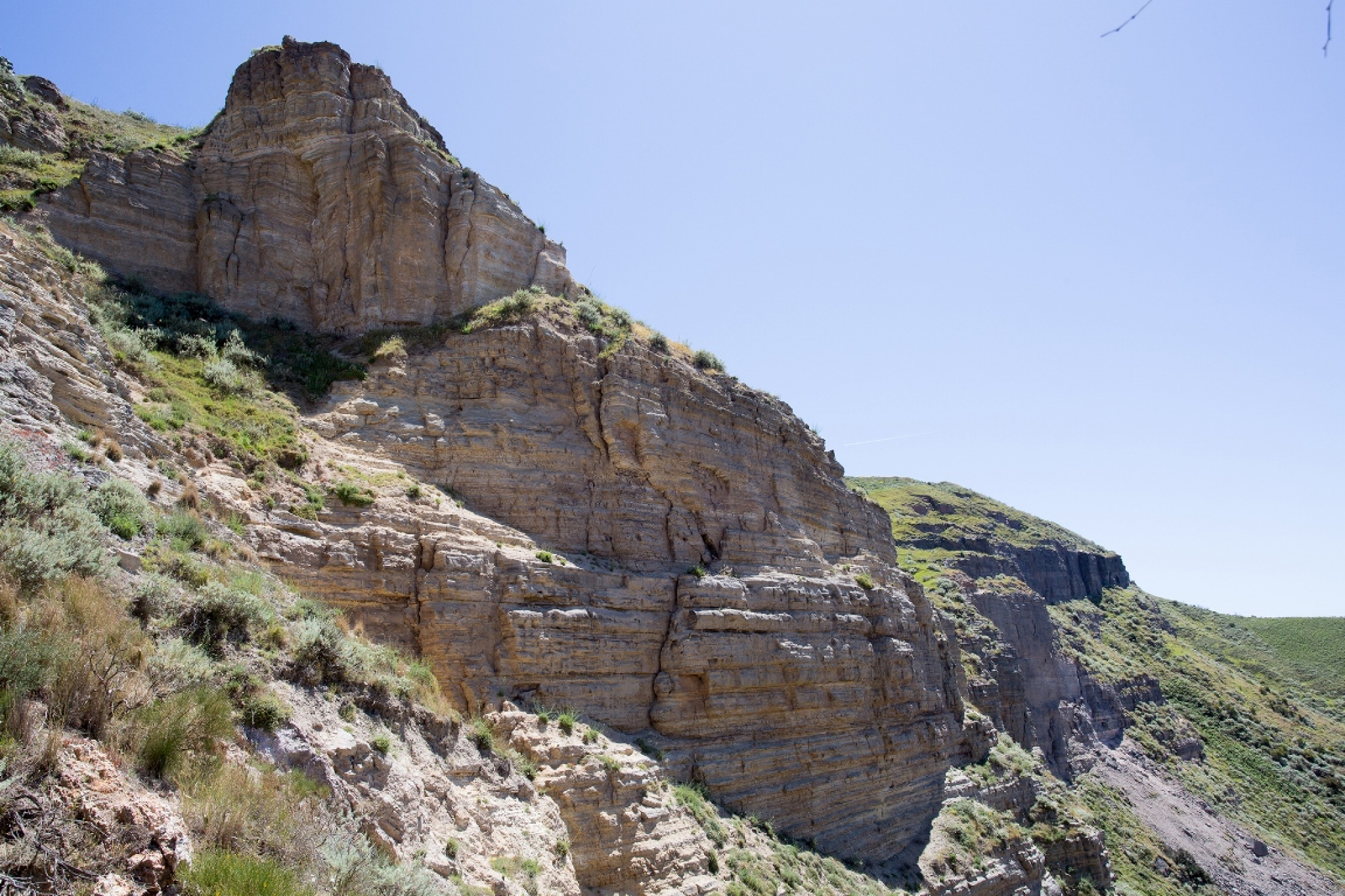



The numerous episodes of volcanic activity have produced alterations in the rocks, creating showy polychromes. The Kaolin Quarries represent the geologically oldest part of the island of Lipari, for the inhabitants the quarries are a place of strong appeal where the colors of the rocks, the music of the wind and the scent of the sea create a magical atmosphere. At the site now within the property of the Tenuta di Castellaro, a project has been launched to reclaim and enhance the area, which has led to transforming the Quarries into a geo-mining park open to all where guided tours and cultural events are organized.


Tenuta di Castellaro, located just 20 minutes from the center of Lipari, is nestled in the picturesque Aeolian countryside, in an unspoiled setting that enhances the volcanic nature of the Aeolian Islands. Founded in 2005 as a winery, the estate has played a key role in the enhancement of the once-abandoned hamlet of Quattropani, transforming it into a place rich in charm and culture.
Spread over 20 hectares of vineyards, the Estate is home to Casa Pomice, Casa Ossidiana and Casa Caolino, three unique residences created from the renovation of ancient ruins. These residences, whose names recall three volcanic stones typical of the island of Lipari, are nestled in a dreamlike landscape, between the green vineyards of “Malvasia delle Lipari” and “Corinto Nero” and the deep blue of the sea. Restored using local materials, such as lava stone and wood, they offer an independent and comfortable stay experience, perfect for those seeking relaxation and authenticity.
A short distance from the residences is the estate's modern winery, a 2,000-square-meter building designed to blend harmoniously with the landscape and equipped with advanced technology. Here it is possible to participate in guided tours and tastings, in an experience that combines tradition, innovation and respect for the environment. The Castellaro Estate is a model of sustainability thanks to its energy-efficient practices, reduction of environmental impact and enhancement of the land.
Among the most significant initiatives is the recovery of the traditional “alberello” vine cultivation system and the redevelopment of the ancient Kaolin Quarries, transformed into an open-air museum. The Tenuta di Castellaro thus represents a perfect combination of wine excellence, authentic hospitality and protection of the natural and cultural heritage of the Aeolian Islands.
